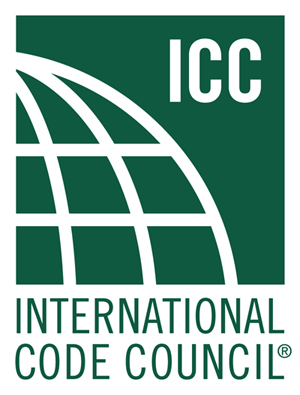Your cart is currently empty!
Understanding the International Zoning Code (IZC) for Global Urban Planning

===
The International Zoning Code (IZC) is a comprehensive set of regulations that governs land use and development in various countries around the world. It provides a standardized framework for zoning practices, ensuring consistency and promoting sustainable urban planning. The IZC is a vital tool for local governments, architects, developers, and planners, as it helps to create safe, functional, and aesthetically pleasing communities. In this article, we will explore the purpose and benefits of the International Zoning Code, its key components and regulations, as well as the challenges associated with its implementation.
Purpose and Benefits of the International Zoning Code (IZC)
The primary purpose of the International Zoning Code is to regulate land use and development in a manner that promotes public health, safety, and welfare. It aims to create harmonious and sustainable communities by balancing the needs of different stakeholders, such as residents, businesses, and local governments. By establishing clear guidelines for land use, the IZC helps to prevent conflicts between incompatible land uses, such as residential areas near industrial zones, and promotes the efficient use of land resources.
One of the key benefits of the International Zoning Code is its ability to provide predictability and certainty to developers and property owners. By clearly defining the permitted uses, building setbacks, height limits, and other development standards, the IZC reduces uncertainty and encourages investment in real estate. It also ensures that new development is compatible with the existing character of the neighborhood, thus preserving the overall quality of life for residents.
Furthermore, the International Zoning Code plays a crucial role in promoting sustainability and environmental stewardship. It encourages the use of green building techniques, energy-efficient designs, and the preservation of open spaces. By integrating sustainable practices into land use planning, the IZC helps to mitigate the impact of development on the environment and promotes the long-term well-being of communities.
Key Components and Regulations of the International Zoning Code (IZC)
The International Zoning Code consists of various components and regulations that govern land use and development. These include zoning districts, use regulations, dimensional standards, and design guidelines. Zoning districts divide land into different categories, such as residential, commercial, industrial, and mixed-use, each with its own set of regulations. Use regulations specify the types of activities or businesses that are allowed in each zoning district, ensuring compatibility and preventing conflicts.
Dimensional standards define the physical characteristics of buildings and lots, such as setbacks, height limits, lot size, and parking requirements. These standards help to ensure that buildings are appropriately scaled and located within their respective zoning districts. Design guidelines provide additional guidance on the aesthetic aspects of development, such as building materials, landscaping, and signage, to ensure that new construction is visually appealing and enhances the overall character of the community.
Implementation and Challenges of the International Zoning Code (IZC)
The implementation of the International Zoning Code can vary depending on the jurisdiction and local context. Local governments are responsible for adopting and enforcing the code, often with the assistance of planning departments and zoning boards. However, challenges can arise during the implementation process.
One common challenge is the need to balance the flexibility of the code with the desire for uniformity. While the IZC provides a standardized framework, it must also allow for local variations and adaptability to meet the unique needs of each community. Finding the right balance between consistency and flexibility can be a complex task for local governments.
Another challenge is the need for ongoing updates and revisions to keep the International Zoning Code relevant and responsive to changing needs and trends. As cities evolve and new development practices emerge, the code must be regularly reviewed and updated to ensure it remains effective and up-to-date.
In conclusion, the International Zoning Code is a vital tool for promoting sustainable and well-planned communities around the world. By providing a standardized framework for land use and development, the IZC helps to create safe, functional, and aesthetically pleasing neighborhoods. Its purpose and benefits include promoting public health, safety, and welfare, providing predictability and certainty to developers, and encouraging sustainability. However, challenges in implementation, such as balancing flexibility with uniformity and keeping the code up-to-date, must be addressed to ensure its continued effectiveness.
===
For more information on the International Zoning Code and its regulations, you can visit IBC Manual. This comprehensive resource provides detailed information and guidance on various building codes and regulations, including the IZC. Whether you are a developer, architect, or planner, the IBC Manual can be a valuable tool to navigate the complexities of the International Zoning Code and ensure compliance with its requirements.
